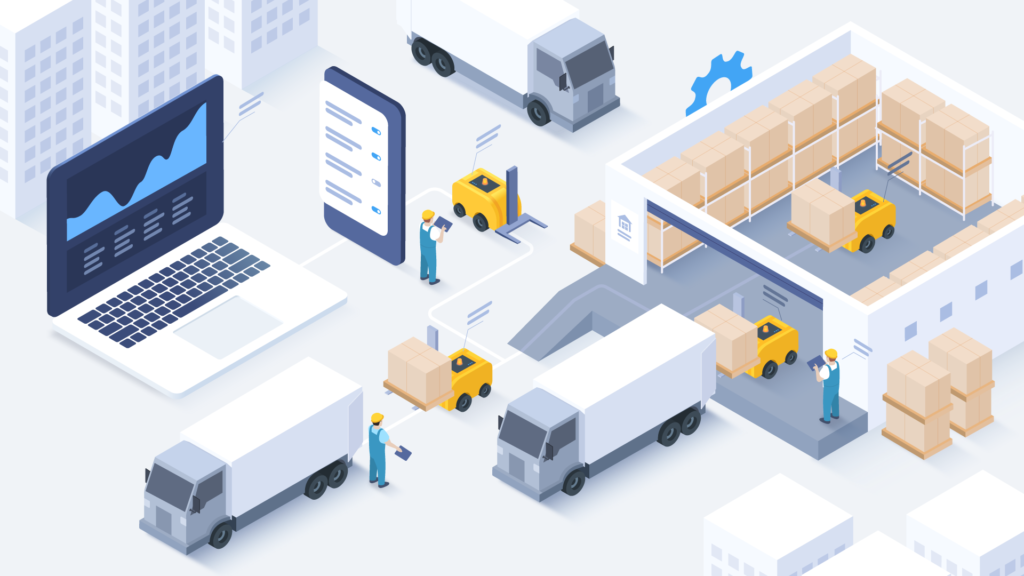In today’s fast-paced manufacturing world, efficiency and optimization are key to staying competitive. One tool that’s revolutionizing the way factories operate is factory simulation software. But what exactly is it, and how can it benefit your business? Let’s dive in and explore this innovative technology.
¿What Is Factory Simulation Software?
Factory simulation software is a powerful digital tool that creates a virtual representation of a real-world manufacturing system. It allows users to model, analyze, and optimize various aspects of factory operations without disrupting the actual production process.
These software solutions typically employ advanced modeling techniques such as discrete event simulation, agent-based modeling, and system dynamics. They can represent complex systems, including machinery, workers, materials, and logistics, providing a comprehensive view of the entire production ecosystem.
¿What Is a Factory Simulator Used For?
A factory simulator serves multiple purposes in the manufacturing industry:
1. Process Optimization: By running various scenarios, managers can identify bottlenecks and inefficiencies in the production line.
2. Resource Planning: Simulate different staffing levels and equipment configurations to determine the most efficient allocation of resources.
3. Layout Design: Test different factory floor layouts virtually to maximize space utilization and workflow efficiency.
4. Training: Provide a risk-free environment for training new employees on complex processes and equipment operation.
5. Decision Support: Evaluate the potential impact of changes or investments before implementing them in the real world.
6. Predictive Maintenance: Simulate equipment wear and tear to develop effective maintenance schedules.
Common Applications for a Virtual Factory
Virtual factory simulations find applications across various industries and processes:
1. Production Planning and Scheduling: Optimize production schedules to meet demand while minimizing costs.
2. Supply Chain Management: Model entire supply chains to improve logistics and reduce delays.
3. Inventory Control: Determine optimal inventory levels to balance storage costs and production needs.
4. Quality Control: Simulate quality inspection processes to identify potential issues before they occur.
5. Energy Efficiency: Analyze energy consumption patterns and test energy-saving strategies.
6. New Product Introduction: Evaluate the impact of introducing new products on existing production lines.
Pros and Cons of Using Factory Simulation Software
As with any technology, factory simulation software has its advantages and challenges:
### Pros:
1. Risk-Free Experimentation: Test changes without disrupting actual production.
2. Cost Savings: Identify inefficiencies and optimize processes before implementation.
3. Improved Decision Making: Data-driven insights lead to more informed choices.
4. Enhanced Collaboration: Visualizations facilitate better communication between departments.
5. Continuous Improvement: Easily test and implement process improvements.
### Cons:
1. Initial Investment: High-quality simulation software can be expensive to acquire and implement.
2. Learning Curve: Staff may need extensive training to use the software effectively.
3. Data Requirements: Accurate simulations require high-quality, up-to-date data.
4. Oversimplification Risk: Complex real-world factors may be challenging to model accurately.
5. Overreliance: Managers must remember that simulations are tools, not replacements for human judgment.
Real Use Cases of Factory Simulations
Let’s look at some real-world examples of how companies have benefited from factory simulation software:
1. TENARIS SILCOTUB: Steel Logistics Digital Twin
Tenaris Silcotub used simulation to optimize their steel logistics across multiple factories. The digital twin they created helped minimize inefficiencies, avoid wagon overstay fines, and improve stock level predictions. This resulted in better delivery scheduling and overall system performance.
2. FATE: Tire Factory Simulation
FATE, an Argentinian tire manufacturer, employed simulation to analyze internal logistics and production scheduling. The detailed model allowed them to predict production planning completion, visualize bottlenecks, determine plant capacity, and evaluate the impact of potential improvements. This comprehensive approach helped FATE optimize its operations and make informed investment decisions.
3. TERNIUM: Distribution Center Simulation
TERNIUM, a leading flat steel producer, used simulation to plan the expansion of their distribution center for corrugated steel. The model included factories, transport, and detailed operations within the distribution center. This allowed TERNIUM to anticipate bottlenecks, test storage strategies, and optimize crew sizing, ultimately improving their supply chain efficiency.
4. TENARIS BAYCITY: Warehouse Design and WMS Algorithm
Tenaris used simulation to design a new warehouse facility in Bay City, Houston. The model helped them determine the optimal number of automatic cranes, design buffer areas, and define warehouse management system (WMS) logic. This approach saved them the cost of one crane and improved overall warehouse efficiency.
These real-world examples demonstrate the power of factory simulation software in solving complex manufacturing challenges. By creating virtual representations of their operations, these companies were able to make data-driven decisions, optimize their processes, and achieve significant improvements in efficiency and cost-effectiveness.
In conclusion, factory simulation software is a game-changing tool for modern manufacturing. While it requires investment and expertise to implement effectively, the potential benefits in terms of optimization, cost savings, and competitive advantage make it an invaluable asset for forward-thinking manufacturers.
